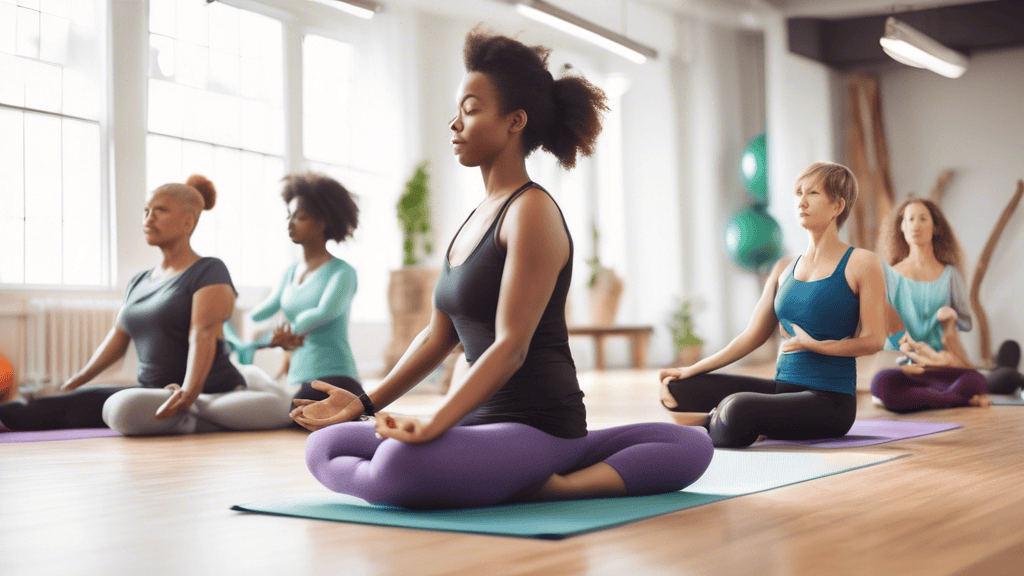Exercises to Improve Posture and Reduce Back Pain
Key Takeaways
- Good posture is crucial for overall health, preventing back pain, and improving bodily functions.
- Regular exercises focusing on strengthening and stretching can significantly enhance posture and reduce back pain.
- Incorporating posture-improving exercises into daily routines can yield long-term benefits.
Introduction
In today’s sedentary lifestyle, poor posture and back pain have become common complaints. Many individuals spend extended hours sitting at desks, leading to weakened muscles and strained back structures. This article highlights effective exercises to improve posture and reduce back pain, emphasizing the importance of integrating these routines into your everyday life.
Why Posture Matters
Posture refers to the way we hold our bodies while standing, sitting, or lying down. Good posture is essential as it ensures the bones, muscles, and ligaments work efficiently, reducing stress and strain. When posture is compromised, it can lead to muscle fatigue, joint strain, and back pain, ultimately affecting overall health and wellbeing.
Understanding Back Pain
Back pain can result from various factors, including muscle imbalances, poor ergonomics, spinal issues, or lack of exercise. Proper posture helps align the spine correctly, distribute body weight evenly, and reduce undue stress on the back muscles, preventing pain and discomfort.
Exercises to Improve Posture
1. Plank
The plank is a full-body exercise that strengthens the core, shoulders, and back, promoting better posture.
How to Perform:
- Start in a push-up position, with your forearms resting on the ground and your body in a straight line from head to heels.
- Engage your core by pulling your belly button toward your spine.
- Hold this position for 20-30 seconds, gradually increasing the time as you build strength.
2. Cat-Cow Stretch
This yoga pose helps increase flexibility in the spine and relieve tension in the back muscles.
How to Perform:
- Begin on all fours with your hands under your shoulders and knees under your hips.
- Inhale, arch your back, and tilt your pelvis up, raising your head (Cow Pose).
- Exhale, round your back, tuck your pelvis under, and bring your chin to your chest (Cat Pose).
- Repeat these movements 10-15 times.
3. Thoracic Extension
This exercise targets the thoracic spine, encouraging a more upright posture and reducing upper back tension.
How to Perform:
- Sit or stand with your hands clasped behind your neck.
- Gently pull your elbows back and down while extending your upper back.
- Hold for 5-10 seconds, then return to the starting position.
- Repeat 10-15 times.
4. Wall Angels
Wall angels focus on shoulder and upper back mobility, essential for maintaining proper posture.
How to Perform:
- Stand with your back against a wall, feet a few inches away from it.
- Press your lower back, shoulders, and head into the wall.
- Position your arms at a 90-degree angle with your elbows and wrists against the wall.
- Slowly move your arms up and down, ensuring they stay in contact with the wall.
- Perform 10-15 repetitions.
5. Shoulder Blade Squeezes
This exercise strengthens the muscles between the shoulder blades, promoting better posture and reduced back pain.
How to Perform:
- Stand or sit with your back straight and arms relaxed at your sides.
- Squeeze your shoulder blades together, holding for 5 seconds.
- Release and repeat 10-15 times.
6. Hip Flexor Stretch
Tight hip flexors can contribute to poor posture and back pain. Stretching them helps improve hip mobility and lower back alignment.
How to Perform:
- Kneel on one knee with the other foot in front, creating a 90-degree angle at both knees.
- Push your hips forward gently, feeling a stretch in the front of your hip.
- Hold for 20-30 seconds, then switch sides.
7. Bridge Exercise
The bridge exercise strengthens the lower back, glutes, and core muscles, promoting better posture and reducing back pain.
How to Perform:
- Lie on your back with your knees bent and feet flat on the floor, hip-width apart.
- Engage your core and lift your hips off the ground, forming a straight line from your shoulders to your knees.
- Hold for 5-10 seconds, then lower back down.
- Repeat 10-15 times.
Additional Tips for Maintaining Good Posture
1. Ergonomic Setup
Ensure your workspace is ergonomically designed to support good posture. Adjust your chair, desk, and computer monitor to appropriate heights, and use supportive accessories if necessary.
2. Regular Breaks
Avoid sitting for prolonged periods. Take short breaks every 30 minutes to stand, stretch, and move around.
3. Mindful Sitting
When sitting, keep your feet flat on the floor, knees at a right angle, and avoid slumping or leaning forward.
4. Proper Footwear
Wearing supportive footwear can significantly impact your posture. Avoid high heels or shoes without proper arch support.
5. Regular Exercise
Incorporate physical activities that promote strength, flexibility, and balance into your routine. Consistent exercise can help maintain good posture and reduce the risk of back pain.
Conclusion
Achieving and maintaining good posture is crucial for overall health and wellbeing. By incorporating the exercises mentioned in this article into your daily routine, you can strengthen key muscles, enhance flexibility, and significantly reduce back pain. Remember, consistency is key. Along with these exercises, make adjustments to your daily habits and workspace ergonomically to foster long-term improvements in posture and back health.
